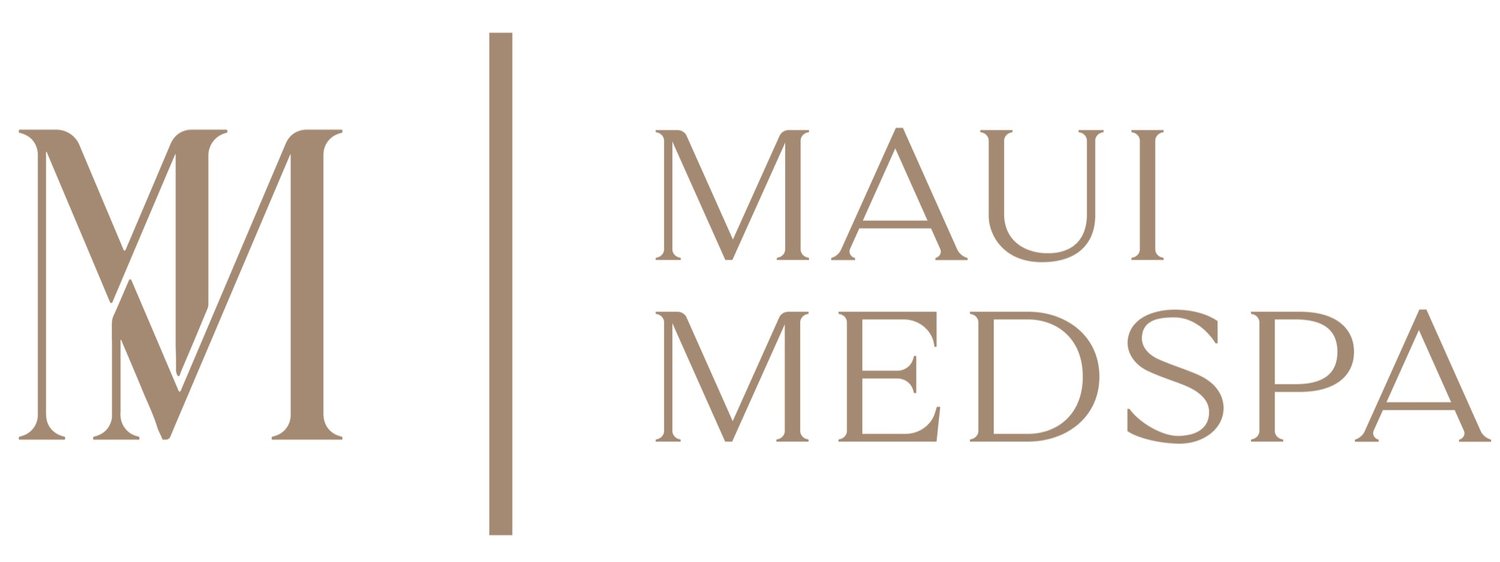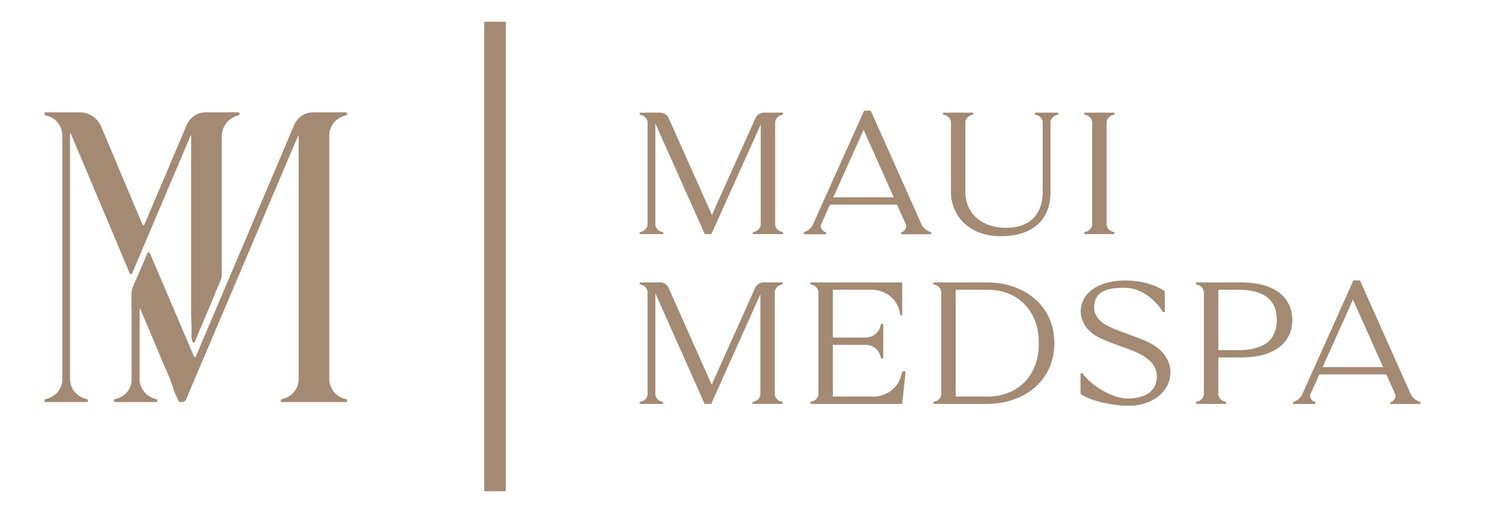Navigating Acne Treatments: From Blackheads to Nodulocystic Acne
Acne is not a one-size-fits-all issue, and finding the right treatment can be a trial-and-error process. In this blog, we'll dive into the four primary types of acne and the most effective treatments available, both over-the-counter and prescription-based, to help you clear your skin.
Understanding the Types of Acne
Before we examine treatments, it's crucial to recognize the different types of acne you might be battling:
Blackheads: Open bumps on the skin that fill with excess oil and dead skin, leading to a black appearance due to air exposure.
Whiteheads: Closed versions of blackheads where the oil and dead skin are trapped beneath the surface, forming a white bump.
Pustular Acne (Pimples): Red, inflamed, pus-filled lesions that are often painful to the touch.
Nodulocystic Acne: Deep, painful cysts under the skin's surface, which can lead to scarring.
Each type necessitates a tailored approach, and many individuals benefit from a combination of treatments.
First-Line Defense: Benzoyl Peroxide
Benzoyl peroxide stands out as an excellent first-line treatment, particularly for pustular acne. It's available in various strengths and combats the acne-causing bacteria, P. acnes. Not only does it reduce bacteria in the follicles, but it also remains active up to 48 hours post-application. We appreciate benzoyl peroxide for its skin-friendly properties and long-lasting effectiveness.
ARE RETINOIDS GOOD FOR ACNE?
Retinoids like tretinoin amplify skin cell turnover, combatting hyperkeratinization that's at the heart of acne formation. They work wonders in ejecting trapped sebum and dead skin cells to prevent clogged pores.
For Blackheads and Whiteheads: We recommend retinoids with a gentle or AHA/BHA cleanser to prime the pores for better retinoid absorption.
For Pustular Acne: Pairing retinoids with a gentle cleanser, followed by benzoyl peroxide, delivers a formidable combo against pimples.
ACNE SPECIALISTS IN AUSTIN, TEXAS
Struggling with stubborn acne? Our dedicated team of acne specialists is here to tailor a treatment plan that works for you. Book your consultation today with Maui Medspa at one of our two locations in Austin, TX and take the first step towards clear, healthy skin
Antibiotics: The Bacterial Battleground
Both oral and topical antibiotics are adept at halting pustular and nodulocystic acne by targeting P. acnes. Oral antibiotics like doxycycline or minocycline are often used in a short-term course, typically not more than three months, to bring acne under control before transitioning to other treatments.
The Role of Chemical Peels and Extractions
Chemical peels, which remove dead skin cells and unclog pores, can be effective for mild to moderate acne. While not always the first line of treatment, they are beneficial as adjunctive therapy.
Hormonal Approaches: Birth Control and Spironolactone
Hormonal treatments, like oral contraceptives and spironolactone, help reduce androgens, which can decrease sebum production and alleviate acne. These treatments are especially beneficial for women experiencing hormonal acne.
The Last Resort: Accutane
For severe cases where other treatments have failed, Accutane is a potent option. It dramatically reduces oil gland size but is carefully prescribed due to its extensive side effects.
Crafting Your Personalized Path to Clear Skin
Understanding the variety of acne treatments is pivotal in combating this pervasive skin issue. By considering the type of acne and the myriad of available treatments, a clear complexion is within reach. Remember, a dermatologist's guidance is invaluable in choosing the right treatment for your specific needs.


